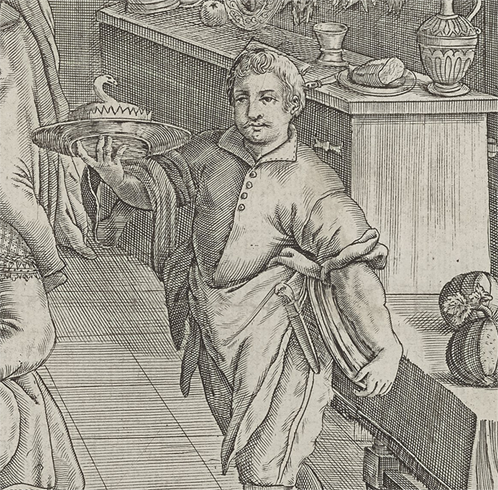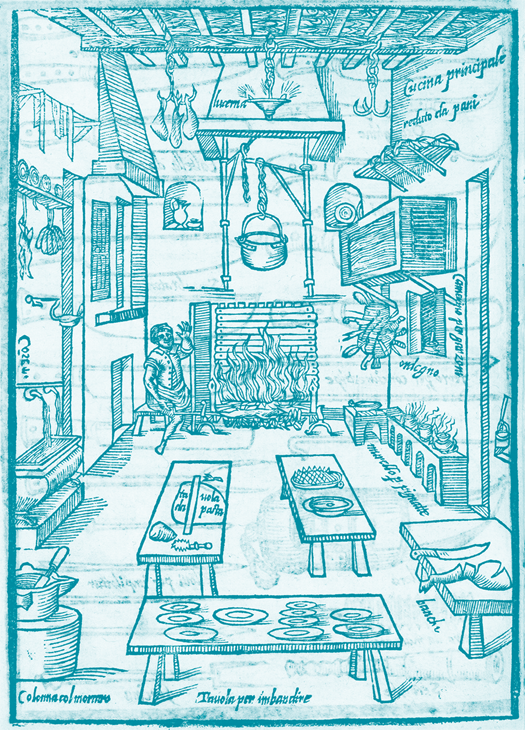Investigations
Early modern food calls to us from across a vast historical gap. How do we interpret its meanings and effects, then and now? Our project responds through traditional scholarship, imaginative thinking, database creation, and the adaptation of recipes, bringing food from the archives to our dining tables.


Adapting and Making
Cooking Early Modern Food:
A Conversation
There’s nothing straightforward about cooking from early modern recipe books. In this live chat conversation, the team debates what it means and why it matters.
Make History Tonight
Want to try your hand at cooking an early modern dish? These recipes offer a sense of the past for the modern kitchen.
- Akara
- Braised beef brisket
- Cog’s biscuits
- Eggs in moonshine and spinach toast
- Hot chocolate
- Marmalade
- Pumpkin pie
- Seed cake
- Stuffing
- Sweet potato pudding
- Turducken
Find more recipes on Shakespeare & Beyond.
Cooking Early Modern Food:
Experiments in the Modern Kitchen
Ready for more recipes from the Folger’s collections? These recipes have been updated and adapted for our exhibition, ‘First Chefs,’ for a special menu at our partner restaurant, America Eats Tavern, and for classroom research by Amherst College undergraduates.


Edible and Inedible
The definition of food is as much social as biological. In these blog posts, the team’s postdoctoral researchers explore the boundaries of early modern edibility.
- Vermani, The Turkey’s Journey
- Tersigni, Not Shakespeare’s Cup of Tea
- Walkden, Excrements of the Earth
Thinking and Writing
Members of the BFT team continue to write about their findings in scholarly venues, uncovering new ideas in the Folger’s rare books, prints, and manuscripts. Our BFT scholars have written scholarly essays about early modern foodways uncovered in the Folger’s rare books, prints, and manuscripts.
- Bouchard and Herbert, “One British Thing: A Manuscript Recipe Book, ca. 1690-1730”
- Fine, “Plant of the Month: Turmeric”
- Fine, “Turmeric: Herb of the Sun”
- Tersigni, Edition of Hester Pulter’s “Upon the Crown Imperial”
- Tersigni, “The Crown Imperial in the Early Modern English Imagination”
- Tersigni, “Tears and Ink”




